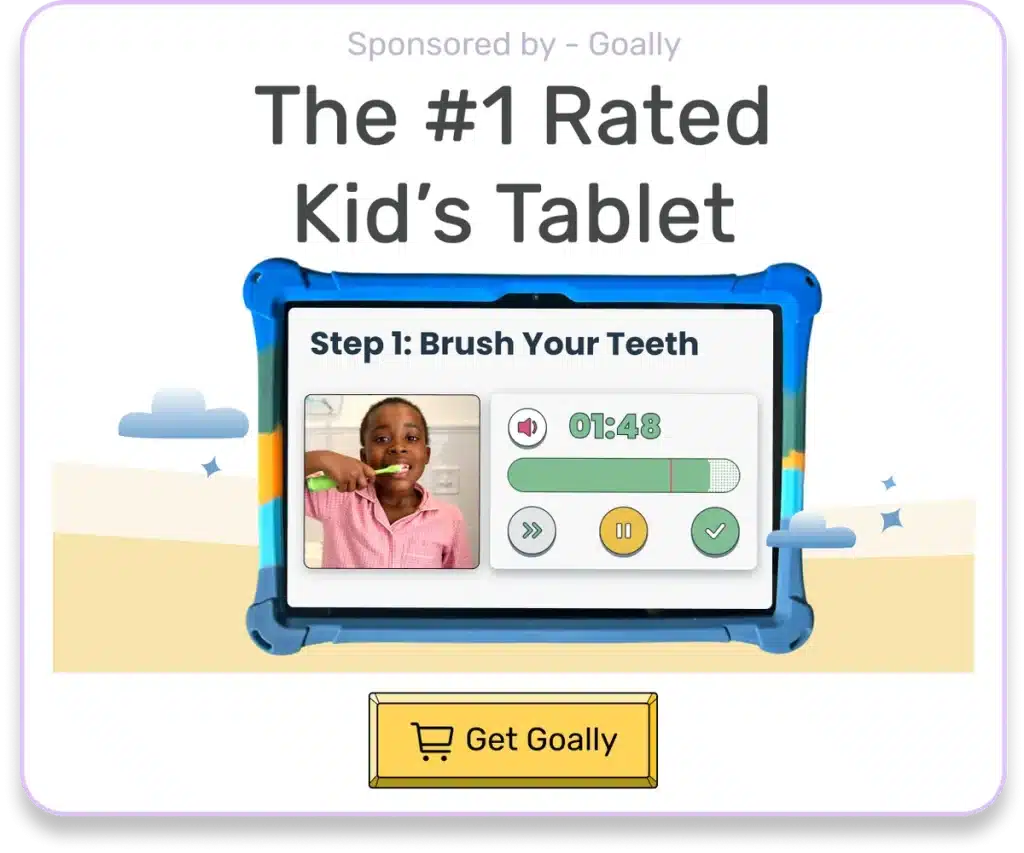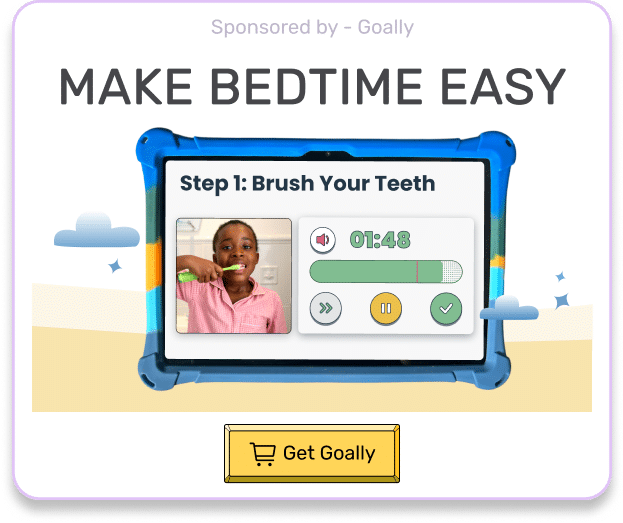We know you want to help your child grow and succeed. But when it comes to understanding neurodivergent kids, or kids with thinking and learning differences, it can feel like a puzzle. Attention-deficit/hyperactivity disorder (ADHD) is marked by an ongoing pattern of inattention and/or hyperactivity-impulsivity that interferes with functioning or development. You may have heard these two terms: ADD and ADHD, but what is the difference between ADD and ADHD?
Table of Contents
ADD and ADHD: What Do They Mean?
First, let’s learn what these terms mean. ADD stands for Attention Deficit Disorder, while ADHD stands for Attention Deficit Hyperactivity Disorder. Both conditions relating to kids with thinking and learning differences. The most significant difference between the two is that ADHD includes hyperactivity.
ADD: When Focus is a Challenge
Kids with ADD often have trouble paying attention and staying focused. They might find it hard to follow instructions and organize their thoughts. They might seem forgetful or easily distracted like they’re always daydreaming. But these kids usually don’t show hyperactive or impulsive behaviors.

Key features of ADD include:
- Trouble paying attention
- Difficulty organizing tasks and activities
- Forgetfulness
- Easily distracted
- Hard time following instructions
But don’t worry! There are ways to help kids with ADD. One helpful strategy is to break tasks into smaller, simpler steps. This can make it easier for them to stay focused and organized. For example, instead of asking your child to clean their room, give specific instructions like “pick up the toys” or “put away the clothes.”
ADHD: When Energy is Overflowing
Kids with ADHD also have problems with attention and focus, but they also show hyperactive and impulsive behaviors. They might find it hard to sit still, interrupt others during conversations, or act without thinking about what might happen.
Key features of ADHD include:
- Trouble paying attention
- Hyperactivity (like fidgeting or difficulty sitting still)
- Impulsivity (like interrupting or acting without thinking)
- Difficulty organizing tasks and activities
- Forgetfulness
Helping kids with ADHD can be a bit different from helping those with ADD. For example, you might need to find ways for them to burn off extra energy. Encourage them to take breaks and move around during the day. This can help them focus better when it’s time to sit down and work.
Solving the Mystery: Why Do People Mix Up ADD and ADHD?
You might wonder why there’s so much confusion about these two conditions. The reason is that the way we understand them has changed over time. In the past, ADD and ADHD were separate. But now, experts know that they are part of a range of conditions with different levels of inattention, hyperactivity, and impulsivity.
Today, the official term used by mental health professionals is ADHD.
There are three subtypes to describe the different experiences of neurodivergent kids:
- ADHD, predominantly inattentive presentation (used to be ADD)
- ADHD, predominantly hyperactive-impulsive presentation
- ADHD, combined presentation (a mix of inattentive and hyperactive-impulsive symptoms)

Helping Your Child: Tips for Success
Now that you know what the difference between ADD and ADHD is, let’s talk about some ways to help your child do their best.
Stick to a Routine
Both kids with ADD and those with ADHD do better with routines and clear expectations. Having daily routines for things like homework, meals, and bedtime can make life more predictable and stable.
To create a routine, try these steps:
- Make a list of daily tasks and activities.
- Organize the tasks in a logical order.
- Set specific times for each task.
- Stick to the routine as much as possible.
- Adjust the routine as needed to fit your child’s needs.
Make Tasks Easier
We already mentioned breaking tasks into smaller, simpler steps for kids with ADD. This strategy can also help kids with ADHD. By making tasks easier, you can help your child stay focused and organized.
Celebrate Success
Positive reinforcement helps your child feel good about themselves and stay motivated. Praise their successes, even small ones, and encourage them when they face challenges. This can be as simple as saying, “Great job!” or giving them a high-five.
Get Professional Help
If you think your child might have ADD or ADHD, talk to a mental health professional for a complete evaluation and personalized advice. Getting help early can make a big difference in your child’s life.
Try Goally For Your Child With ADHD
Goally helps kids with ADHD stay focused and build skills. Unlike a Kindle or an iPad that kids get easily distracted on, Goally has no YouTube, no social media, no web browser, and especially no ads.
Goally uses game play as a points-based motivator for your kiddo with ADHD and helps them learn emotional regulation skills. It’s simple to set up and has an expert-informed design.

Embracing Differences: A Bright Future for All Kids
Understanding the difference between ADD and ADHD is just the start of your journey as a parent of a neurodivergent child. By learning more and getting support, you can help your child face their unique challenges and reach their full potential. Remember, every child is different, and embracing these differences is important for creating a bright future for all kids. So, let’s work together to support our amazing kids and help them shine!
FAQs About the Difference Between ADD and ADHD
What is ADD? ADD, or Attention Deficit Disorder, is a neurodevelopmental disorder characterized by difficulties in attention and concentration.
What is ADHD? ADHD, or Attention-Deficit/Hyperactivity Disorder, is similar to ADD but also includes persistent patterns of hyperactivity and impulsivity.
What is the main difference between ADD and ADHD? The key difference between ADD and ADHD is the presence of hyperactivity and impulsivity in ADHD. ADD is generally characterized by inattention alone.
How are ADD and ADHD diagnosed? ADD and ADHD are typically diagnosed through a comprehensive evaluation that includes interviews, behavior rating scales, and direct observation.
Can someone have both ADD and ADHD? No, a person can't have both ADD and ADHD. ADD is considered an outdated term, and its symptoms are now encompassed within the broader diagnosis of ADHD, which includes primarily inattentive, primarily hyperactive/impulsive, and combined types.
This post was originally published on April 22, 2023. It was updated on June 26, 2023.

Goally
We help parents teach their kids life skills, like doing bedtime and morning independently. Backed by science, we incorporate evidence-based practices and expert-informed designs in all of our apps and content.






